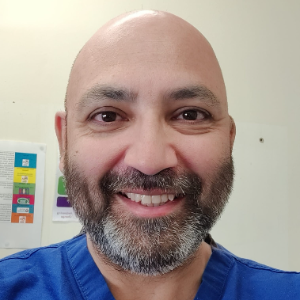Spine and Spinal Disorders
The complexity of the spine makes diagnosing and managing spinal disorders a challenging yet essential aspect of orthopedics. Conditions such as herniated discs, spinal stenosis, scoliosis, and degenerative diseases can lead to severe pain, mobility limitations, and neurological complications. Advances in imaging techniques, including high-resolution MRI and CT scans, have improved diagnostic accuracy, allowing for earlier and more precise interventions. Treatment approaches for spine and spinal disorders range from conservative management, such as physical therapy and pharmacological interventions, to cutting-edge surgical procedures like minimally invasive spine surgery and robotic-assisted spinal fusion. Additionally, research in regenerative medicine is exploring stem cell therapy and biologic implants to promote spinal tissue repair. As technology and surgical methods evolve, personalized treatment strategies are becoming more effective in addressing complex spinal conditions while minimizing recovery time and enhancing long-term outcomes.

Stephen S Tower
University of Alaska Anchorage, United States
Marcos Brioschi
American Academy of Thermology, United States
Ali Al Kaissi
National Ilizarov Medical Research Center for Traumatology and Orthopaedics, Russian Federation
Akash Ganguly
Warrington and Halton Hospitals NHS FT, United Kingdom
Hussein Jaber
University of Cambridge, United Kingdom




Title : Knotless suture repair for chronic lateral ankle instability: A systematic review & single- arm meta-analysis
Hussein Jaber, University of Cambridge, United Kingdom
Title : The UK profemur recall and implant cobaltism
Stephen S Tower, University of Alaska Anchorage, United States
Title : The tomographic phenotype and the genotype of wormain bones
Ali Al Kaissi, National Ilizarov Medical Research Center for Traumatology and Orthopaedics, Russian Federation
Title : Total Knee Arthroplasty (TKA) in hemophilic arthropathy: Modern outcomes and perioperative strategies
Jack Russek, Touro University California, United States
Title : Musculoskeletal and orthopedic implications of Gender-Affirming Hormone Therapy (GAHT): A PRISMA-Guided systematic narrative review
Jack Russek, Touro University California, United States
Title : New treatment of muscle contracture and joint contracture through muscle regeneration with mitochondrial dynamics
Ki Ji Lee, National Research Foundation, Korea, Republic of